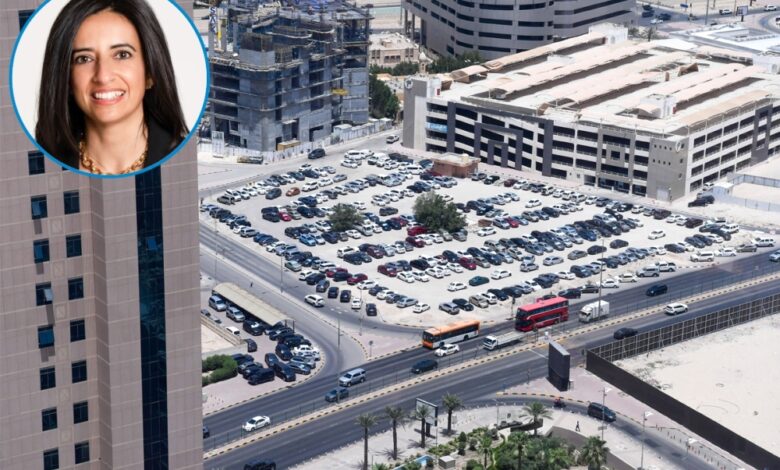Municipal Council proposes solutions to car parking dilemma in residential areas
. . . as neighborhoods increasingly grapple with effects of rapid population growth, traffic congestion and significant parking spaces shortage

Kuwait’s residential neighborhoods are increasingly grappling with the effects of rapid population growth, leading to heavier traffic congestion and a significant shortage of parking spaces.
Residents, according to Al-Jarida daily, frequently find themselves forced to park far from their homes, often resorting to parking areas at cooperative society branches, mosques, clinics, and schools — particularly during peak evening hours.
Addressing this growing concern, Municipal Council member Eng. Sharifa Al-Shalfan announced that she has developed a proposal aimed at mitigating the problem through a comprehensive, three-pronged approach.
Her plan focuses on providing optional parking spaces within the residential plot, shading the building without the need for additional canopies, and improving pedestrian safety and promoting greening.
Al-Shalfan confirmed she is currently awaiting the technical and legal opinion of the municipality’s executive body to determine the feasibility of incorporating her proposal into the building regulations for private and model residential areas.
She had previously submitted a similar proposal to the Chairman of the Municipal Council, Abdullah Al-Mahri, emphasizing that multiple amendments to building regulations over the years — such as increased building percentages, reduced setbacks, and the allowance for more housing units — have intensified population density.
This has directly translated into a spike in the number of vehicles, creating pressure on streets and sidewalks, and degrading the overall quality of life in residential areas.
In her proposal, Al-Shalfan advocates the addition of a new clause to Table No. 1 of the Building Regulations. The clause would permit parking spaces on the ground floor without counting them toward the total building percentage, provided they do not exceed a setback distance of six meters from the property’s boundaries and remain open (not enclosed). To compensate for this ground-level space, the building’s first and second floors would be allowed to align with the street setback line.
Al-Shalfan emphasized that the proposal is designed not only to alleviate the parking crunch but also to rebalance urban priorities—putting pedestrian safety, greenery, and neighborhood aesthetics back at the forefront of urban design.
The initiative has sparked interest among urban planners and residents alike, who see it as a potential model for improving livability in Kuwait’s increasingly dense residential areas.












